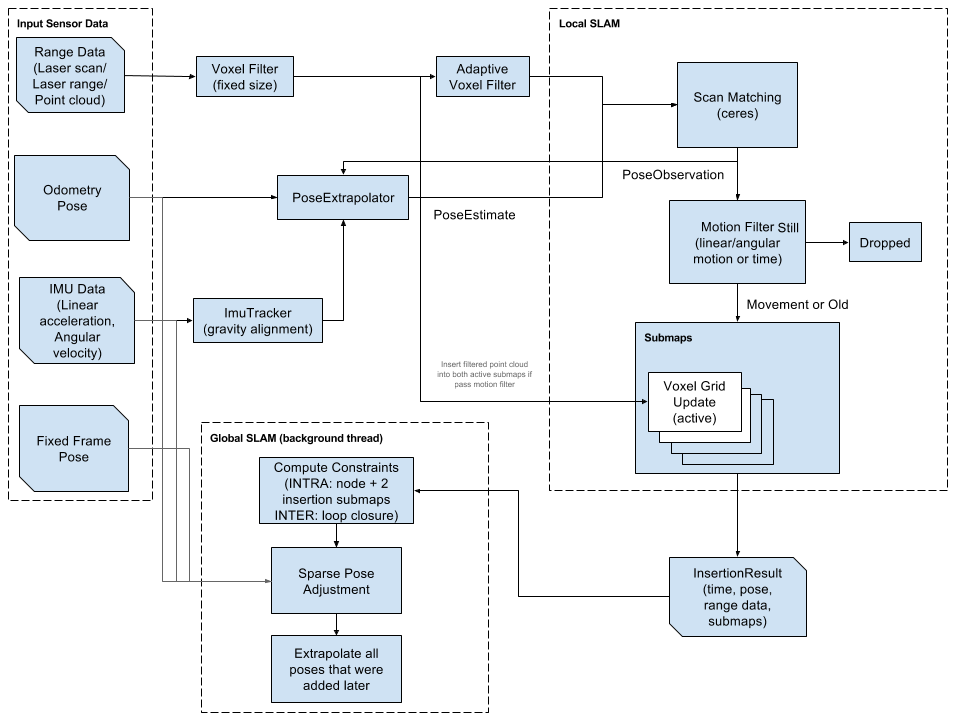This summer, I am doing my final independent study project at RIT. The project is to design a control mechanism for a quadcopter that can find a fire and track its movement. This would be of use in a forest fire situation, where the quadcopter could track the fire as it moves, allowing the authorities to easily follow its progress via GPS. I am using the Parrot AR Drone 2.0 as my vehicle because of its simplicity, great price, and awesome features.
The AR Drone includes:
- 2 HD Cameras that can be streamed back to a home computer
- Onboard 1 GHz Linux board
- Altitude sensors
- Full IMU (Inertial Measurement Unit)
- Protective foam padding (for when I inevitably crash it into something)
The drone comes ready to fly with IOS and Android apps that are available. Right off the bat, I was able to record some video directly from the drone:



